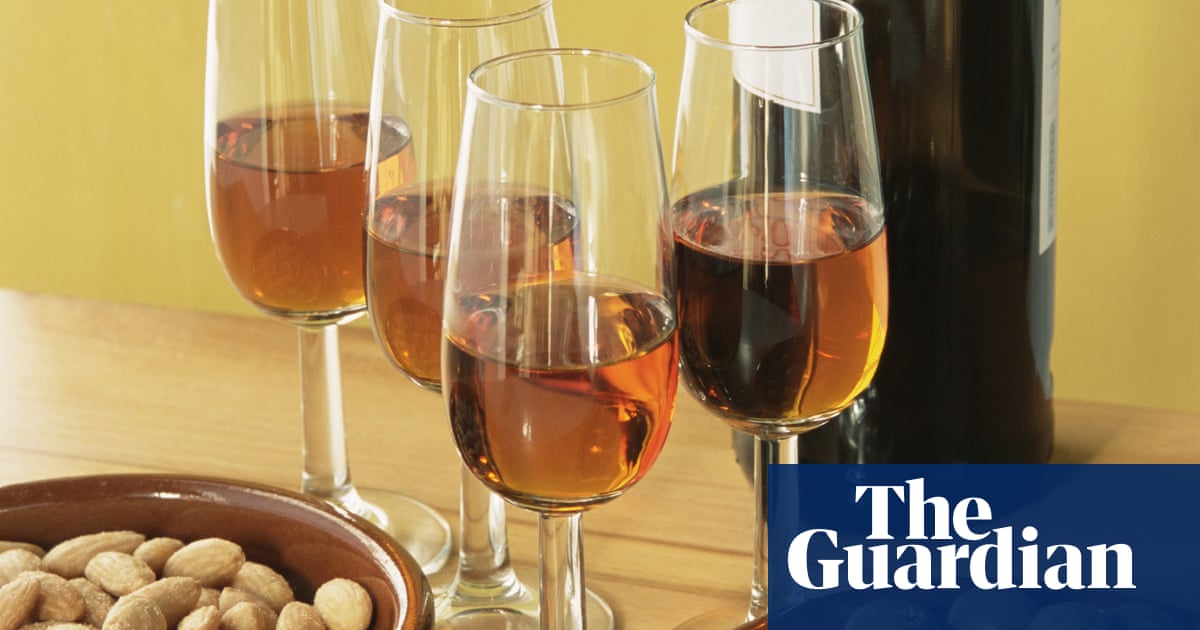
One of the best ways to learn about wine is to explore the local vino when you’re on holiday. That doesn’t always happen, of course: you find your favourite restaurant, and you eat the same dish and order the same bottle on repeat.
Valencian wine, for example, wasn’t on my radar when I went to language school in that city back in February, in an attempt to improve my Spanish, but it would have been a dereliction of my duty as a wine writer if I hadn’t done a bit of digging around. And in Valencia that was less easy than you might think – despite the region having some very interesting wines of its own, rioja and ribera del duero were those I found most often on the city’s wine lists.
Valencia is famous for sweet wines such as moscatel, which remains one of the best-value dessert wines going. You can buy a full-size bottle of Waitrose’s own-label Blueprint Moscatel de Valencia for £7.99, and even less if you take advantage of that store’s 25%-off-six-bottles discount this coming weekend. Chilled, that would be a great accompaniment to honey-drenched Greek or Middle Eastern pastries.
The big surprise for me, however, was the number of natural or natural-ish wines from small artisanal producers, which are enthusiastically promoted by the local DO (promotional body) to their credit. The result, along with the high altitude of many of the vineyards, is reds that are considerably lighter than you might expect from this part of the world. Mostly made from monastrell, tempranillo and bobal, although the latter is also a speciality of neighbouring Utiel Requena. (Sadly, I missed out on a wine called Just Fucking Good Wine that I came across just as we were going to press.)
Valencian whites, too, are unusual, made from indigenous grape varieties such as merseguera, macabeo and verdil, which Marks & Spencer recently introduced to its Found range. And muscat, though here it’s vinified dry, rather than sweet as in nearby Jumilla.
With the growing appetite for offbeat grape varieties that I wrote about recently, you should be able to find quite a few of them in Valencia, but if you’re in the city do try a natural rather than a conventional wine bar, and ask to try local wines. Two I really liked, both of which have a good selection and are frequented by local winemakers, were Piccola Enoteca Gastronomica and LeBar de Vins. As well as the recommendations in today’s pick, look out for wines from Baldovar 923, Celler del Roure and Los Frailes. And they’re all good practice for the Spanish, too.
Five southern Spanish wines to discover
M&S Found Verdil 2023 £9 in-store and Ocado, 12%. Gorgeous orange wine, albeit in colour rather than taste – it’s more peachy than orangey.
Juan Gil Jumilla 2023 £11.95 NY Wines, £13.49 Kwoff, 13%. Dry for a muscat, with a beguiling, white flower aroma. A great aperitif.
Bodegas Nodus Chaval 2023 £10.95 Lea & Sandeman, 13%. Bright, organic, beaujolais-ish red that shows off bobal’s charms.
Bruno Murciano Cambio de Tercio 2021 £15.95 Ultracomida, 13%. Moreish and serious bobal, though stocks of this vintage are low, so you may have to make do with the 2022. Try with the local fideuà (seafood paella with noodles).
La Comarcal Delmoro Tinto 2022 £17.25 The Sourcing Table, £18 Corks of Bristol, 12.5%. A massively swiggable blend of garnacha and syrah from high-altitude organic vineyards.












